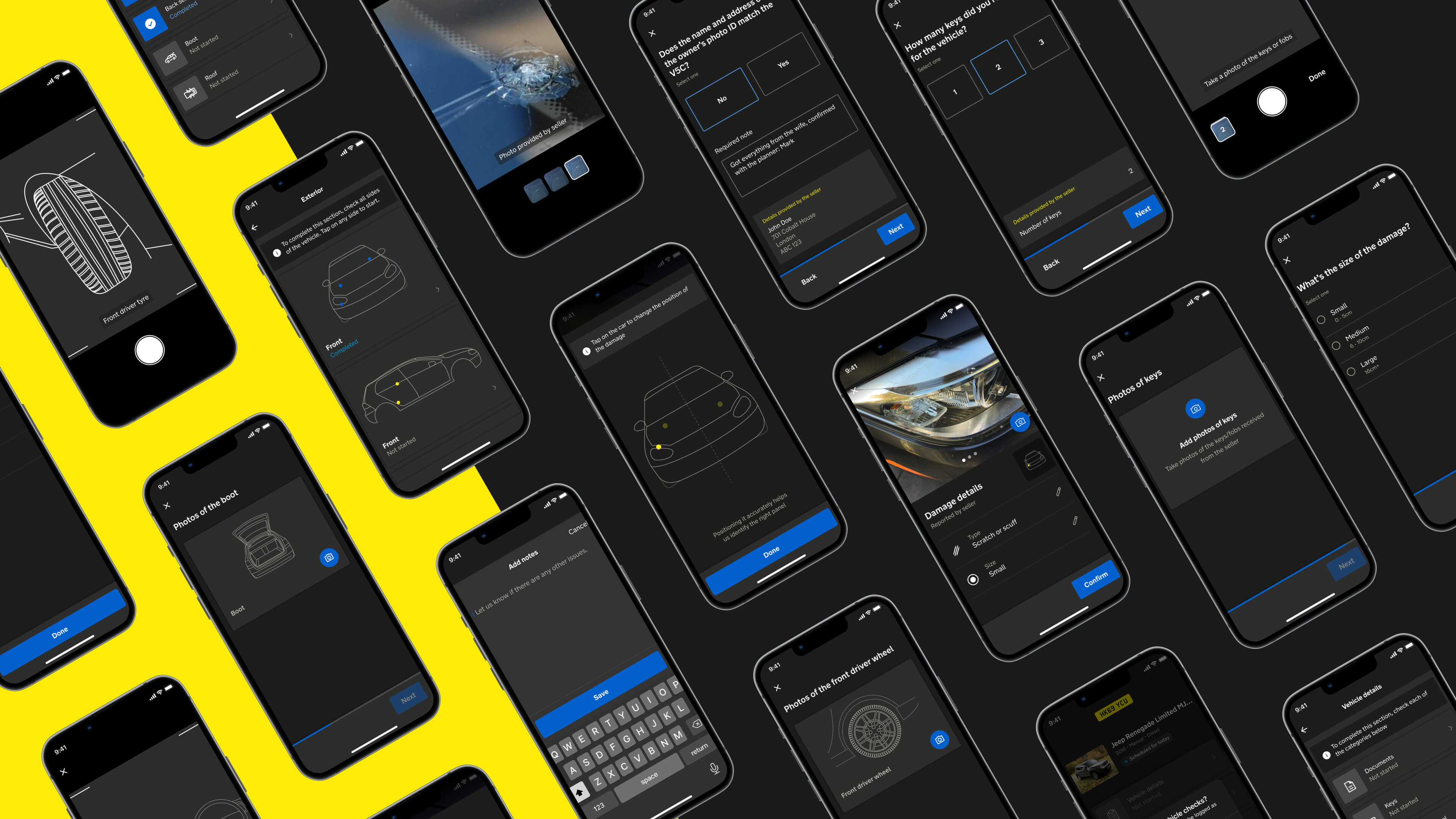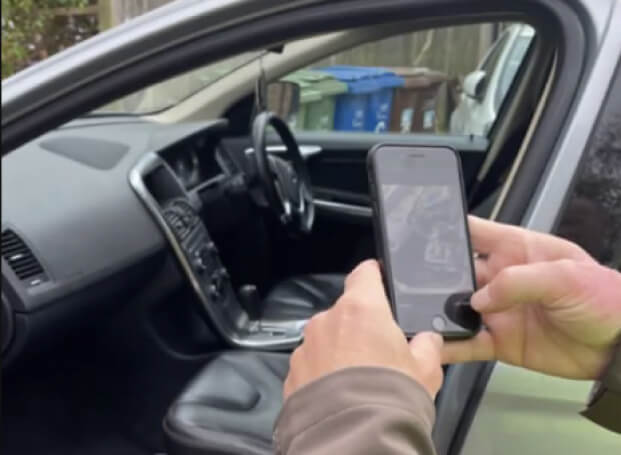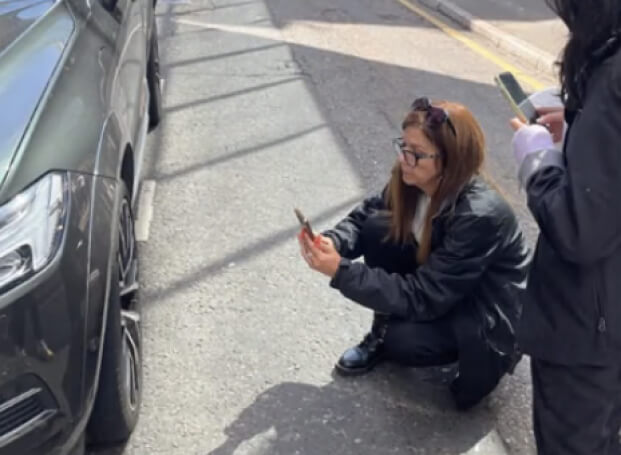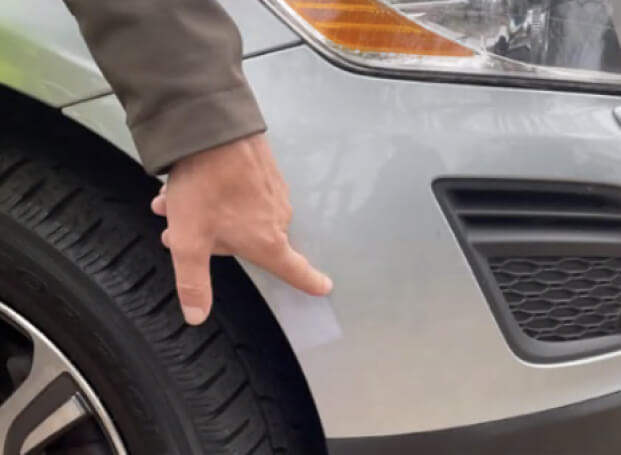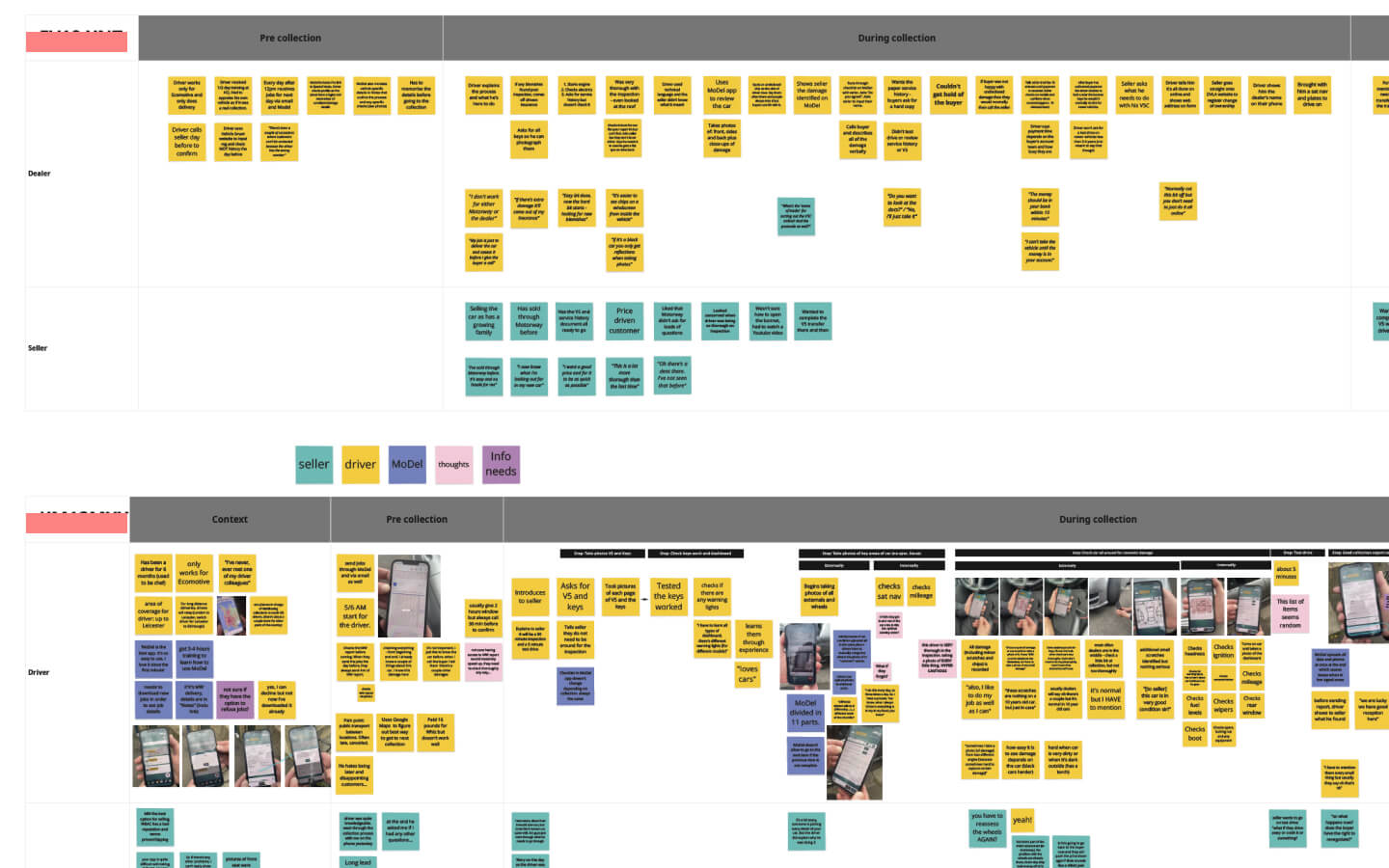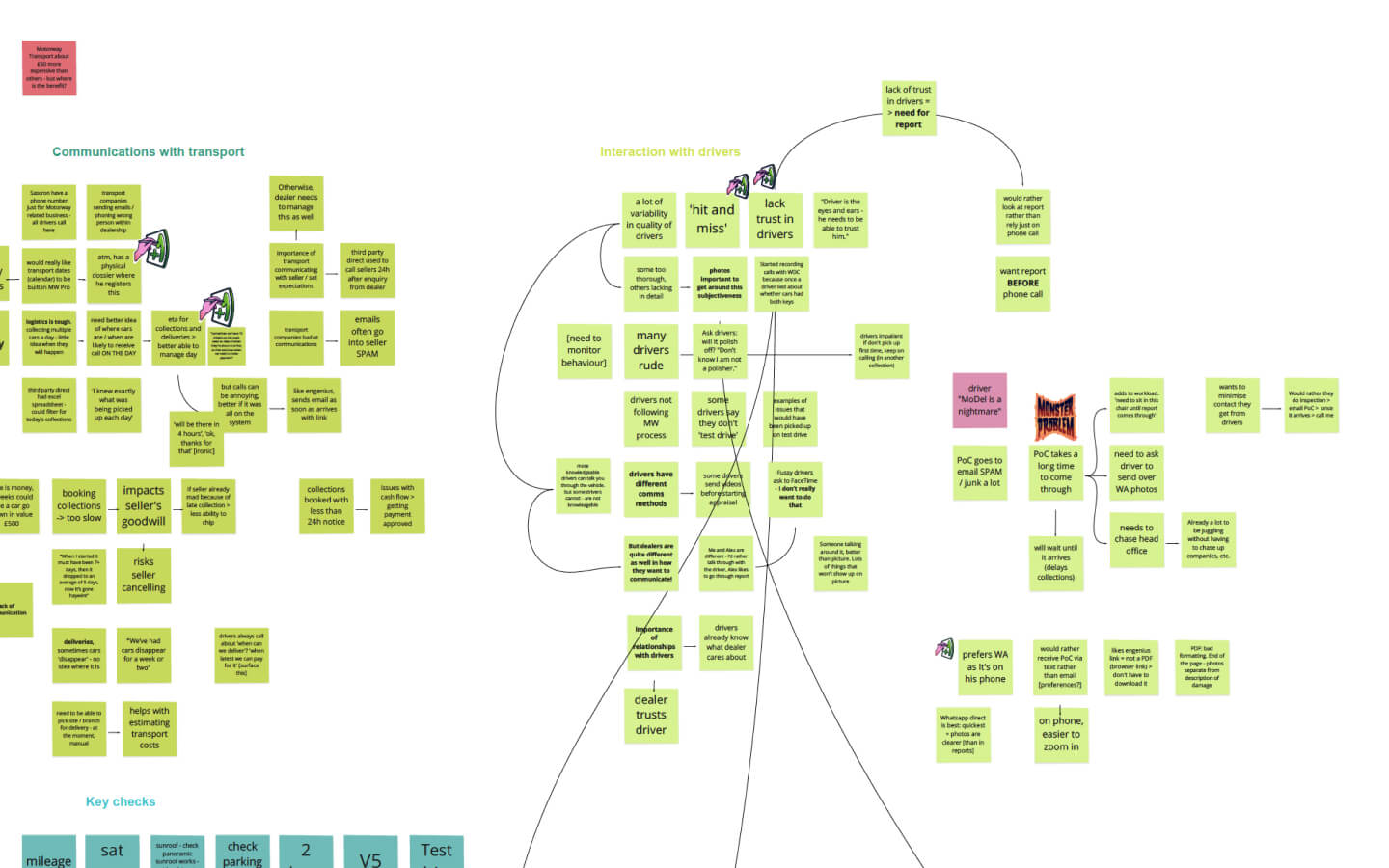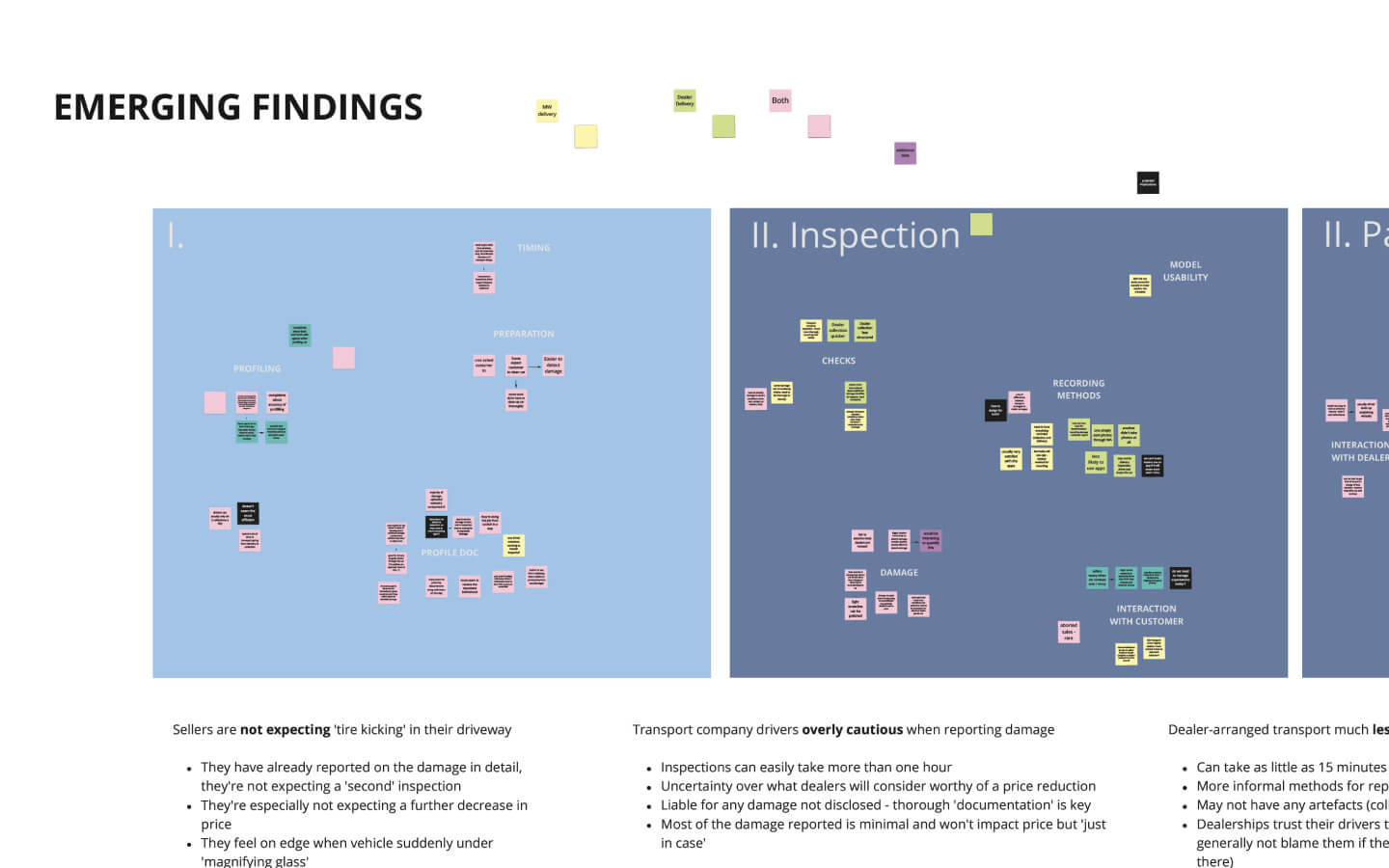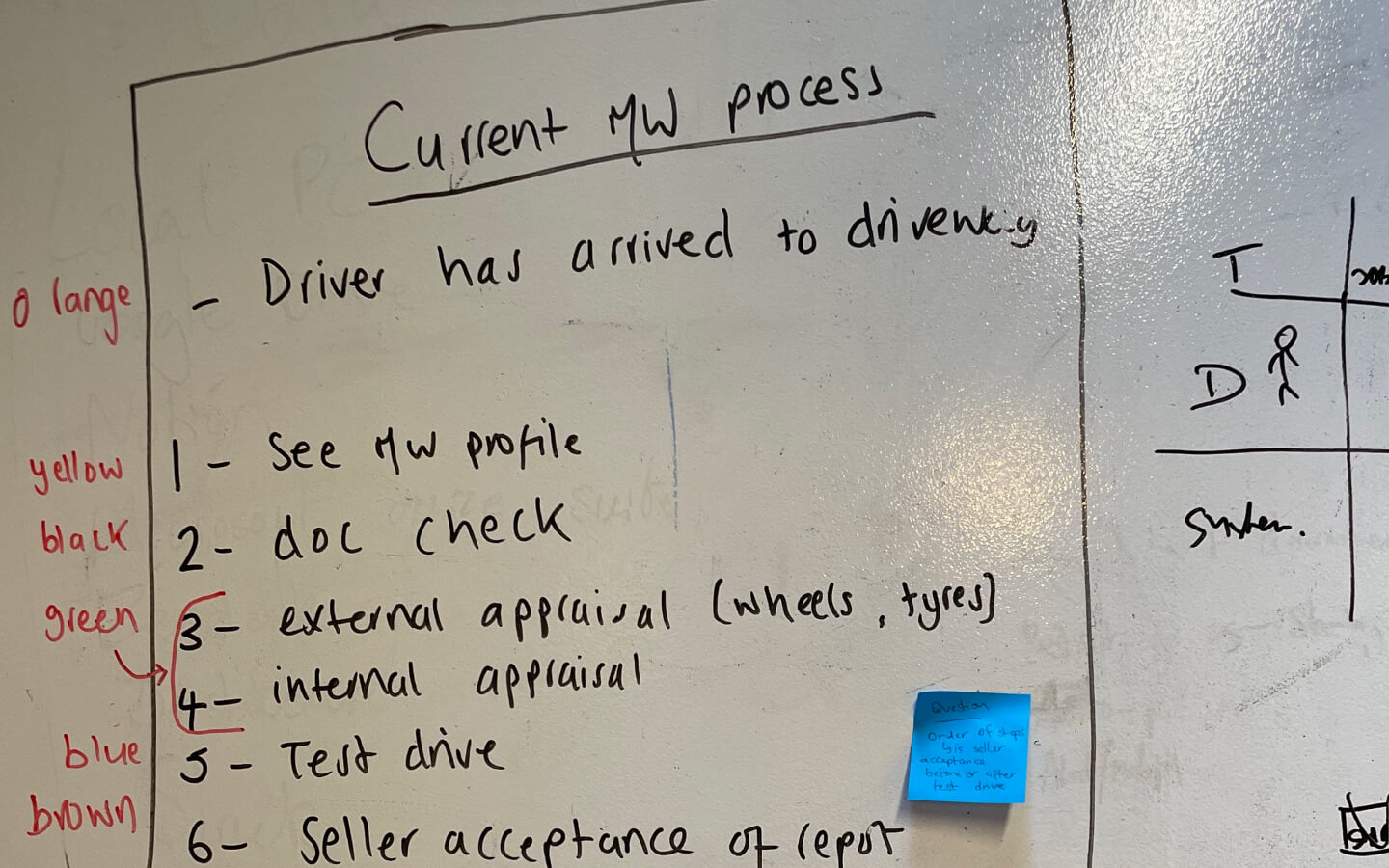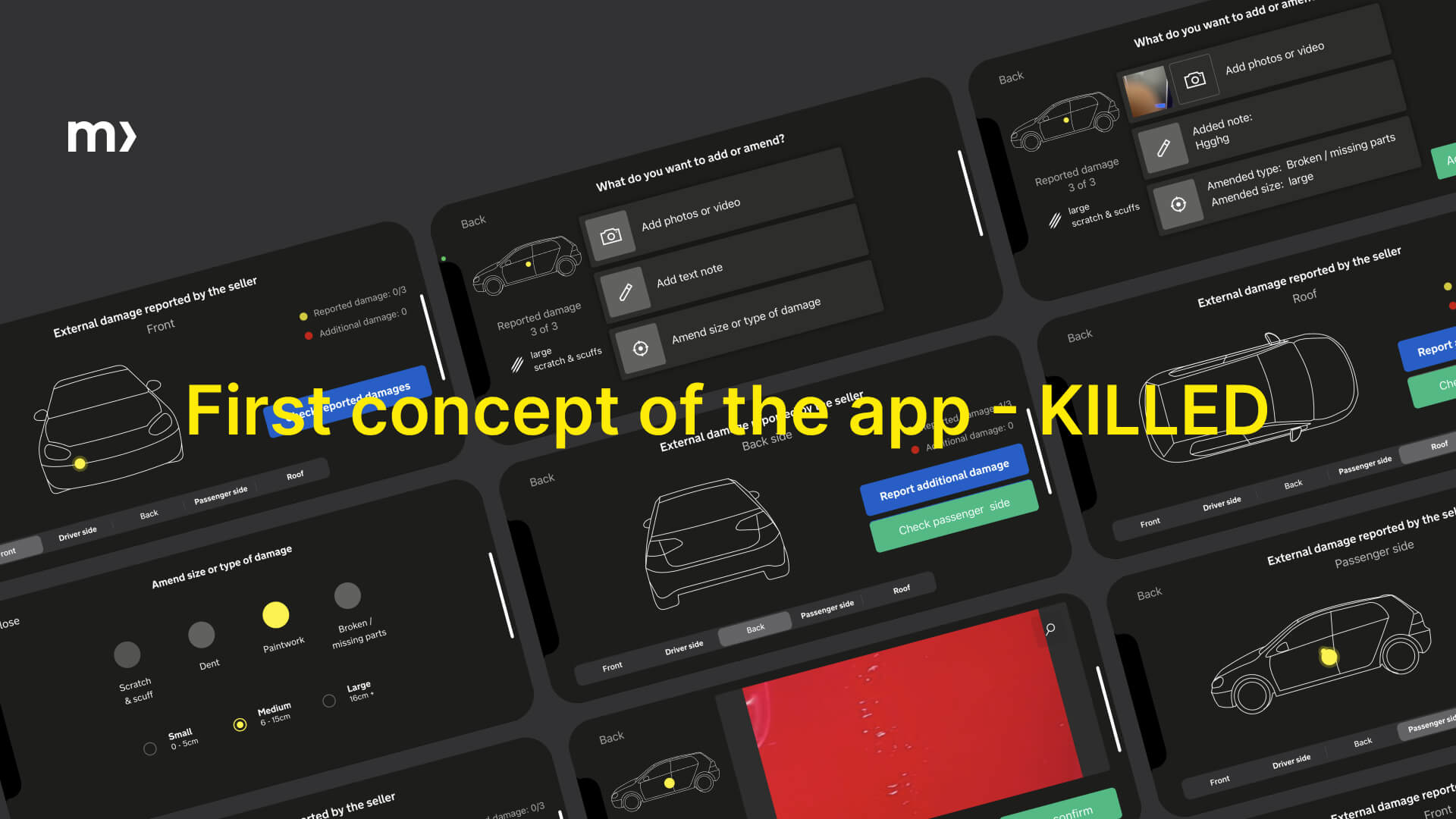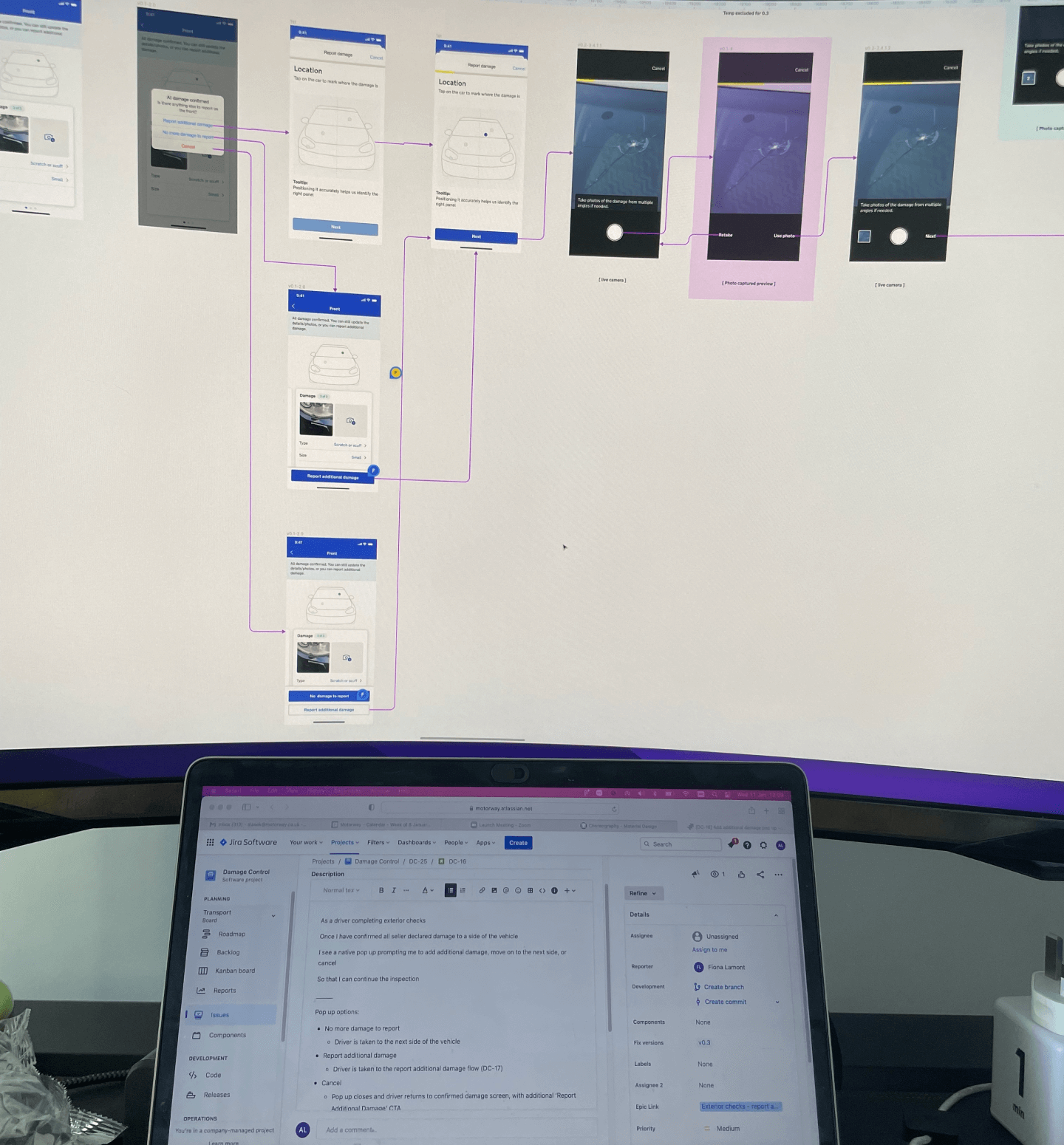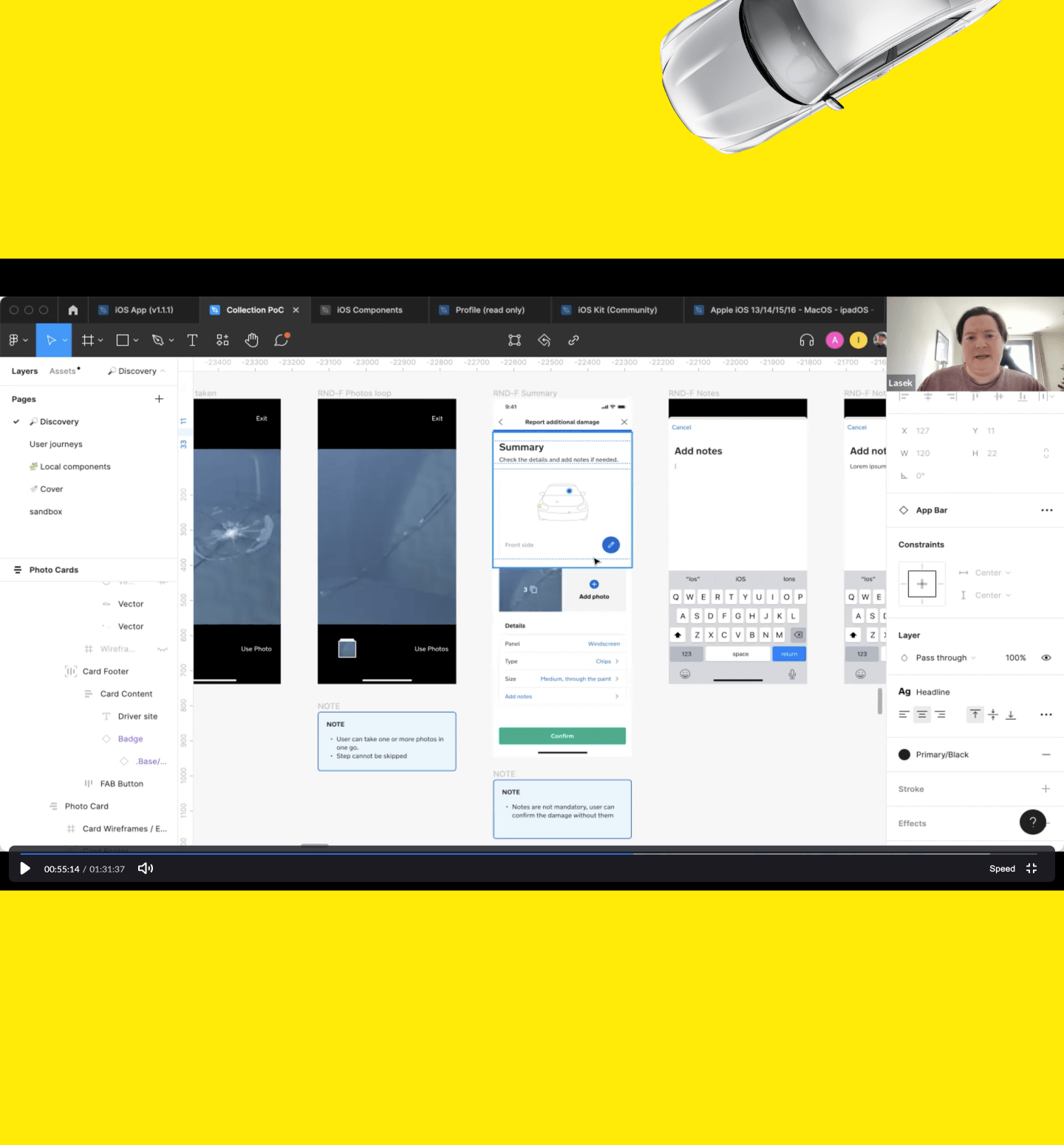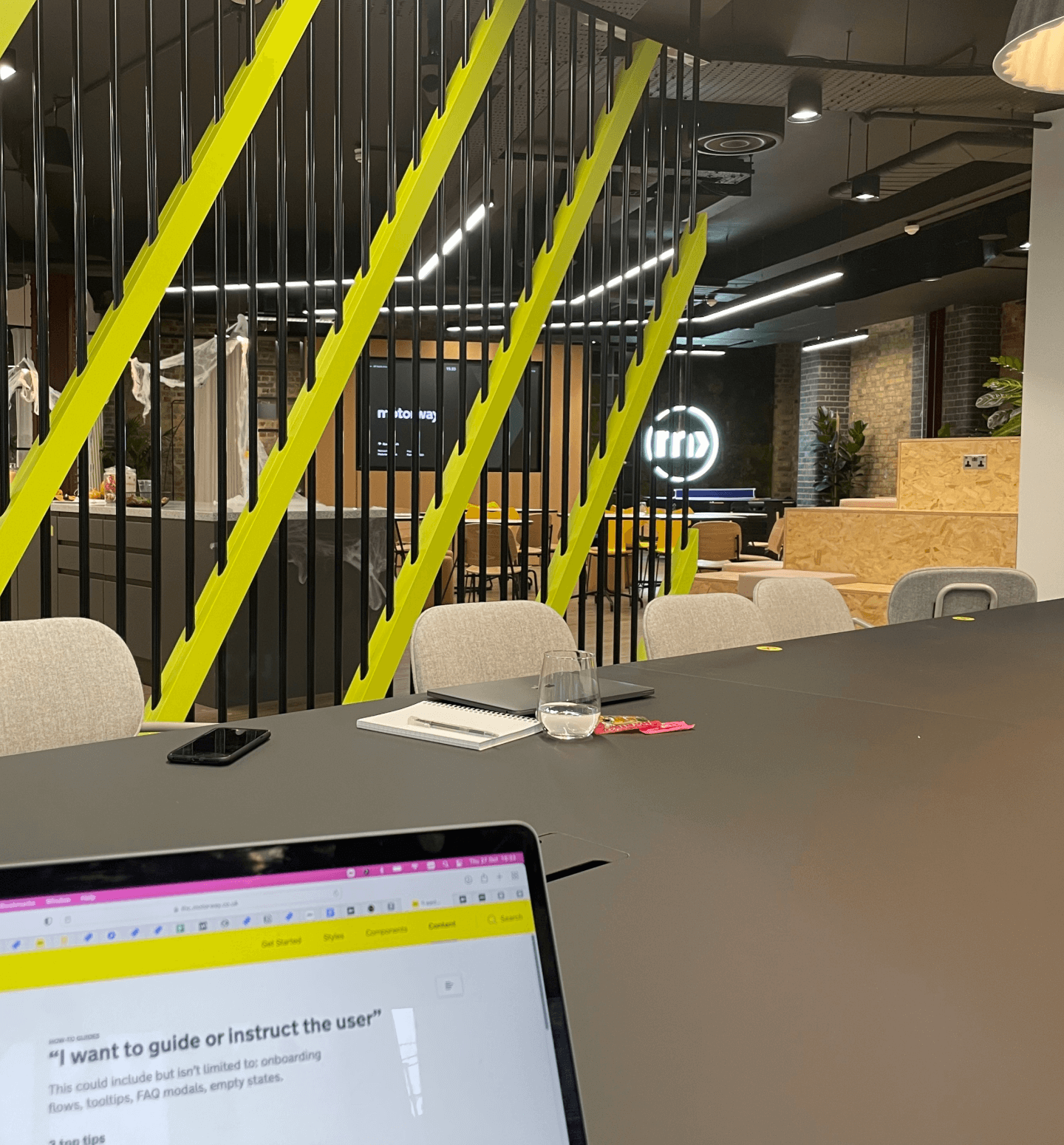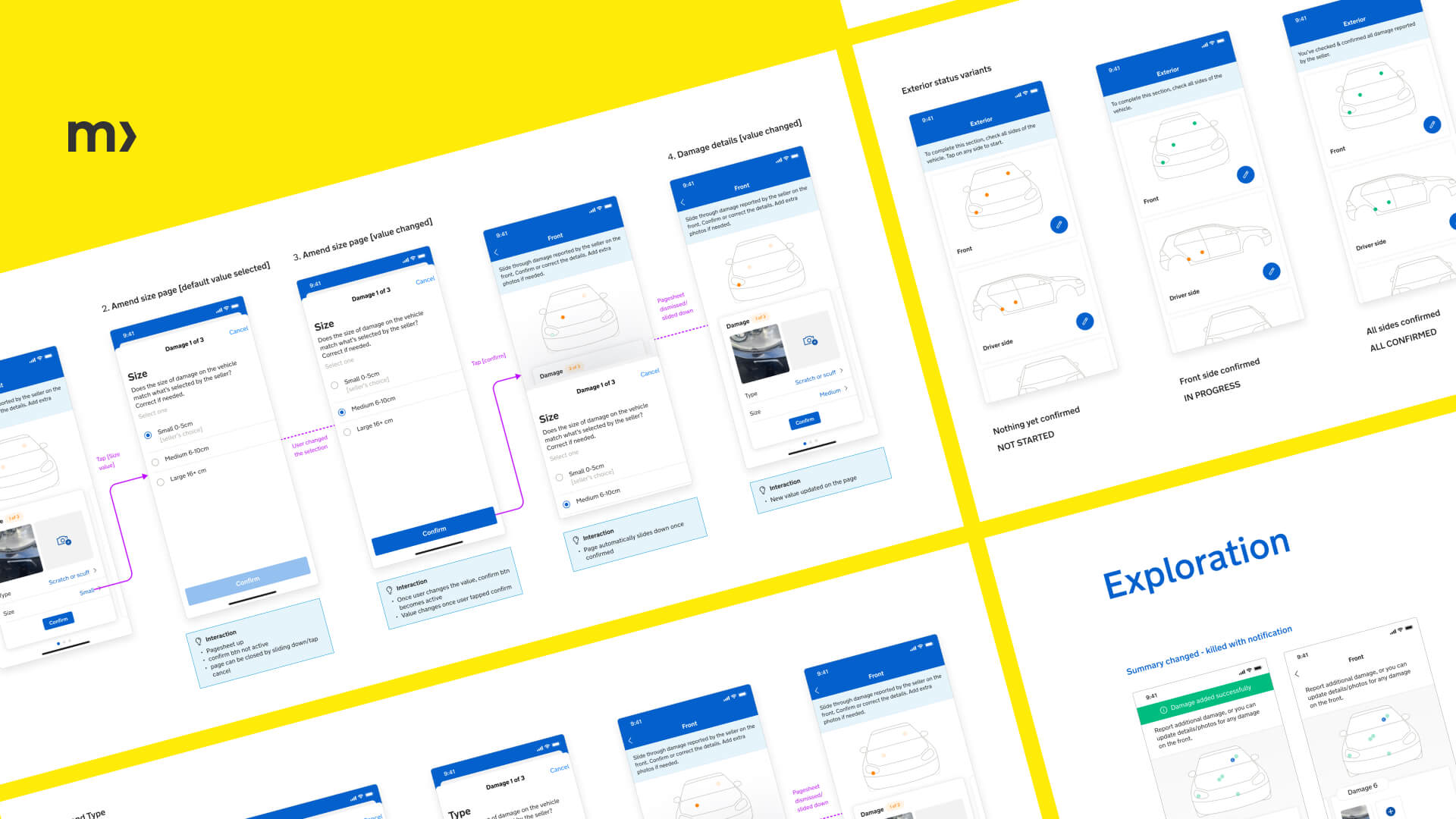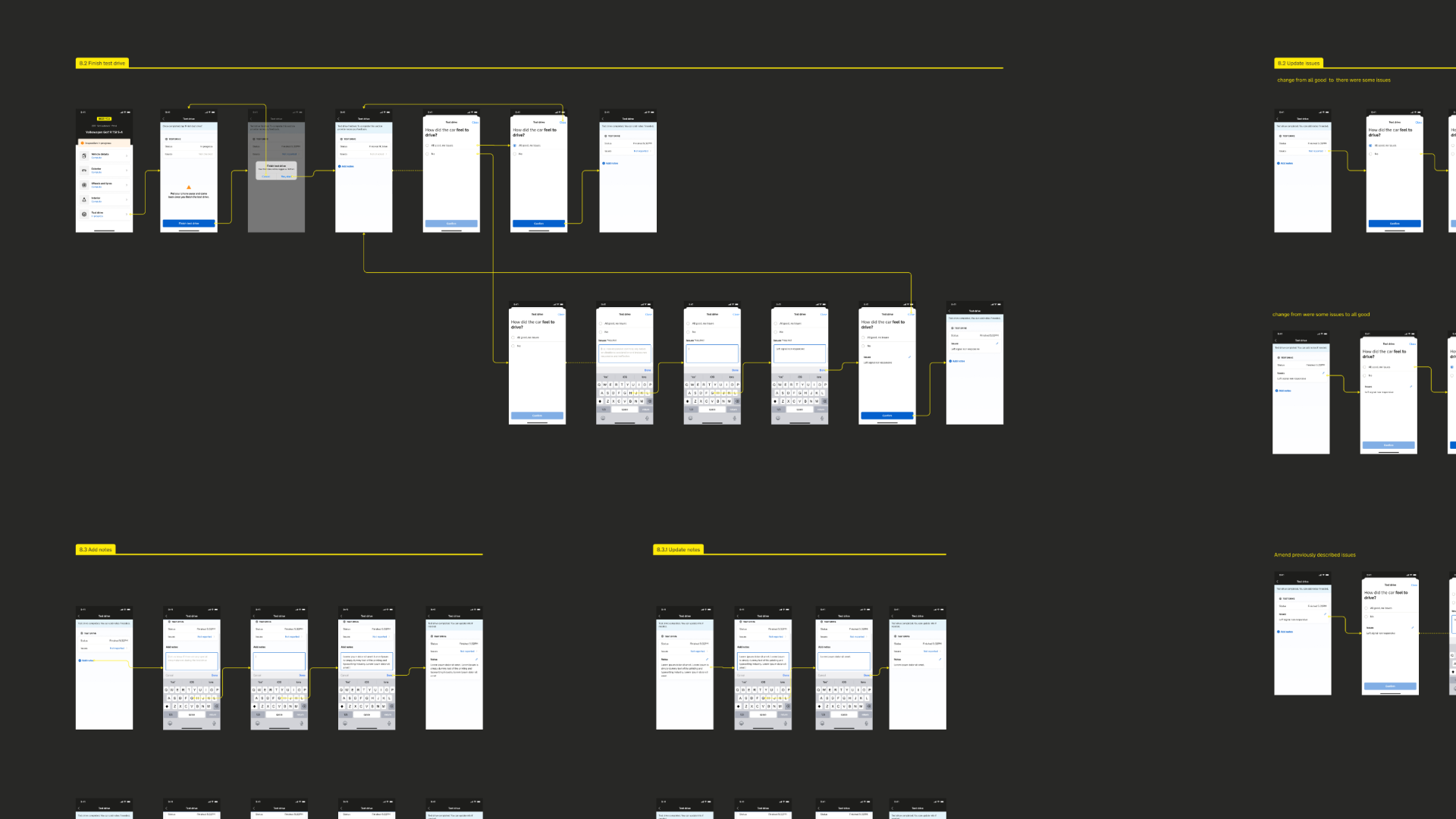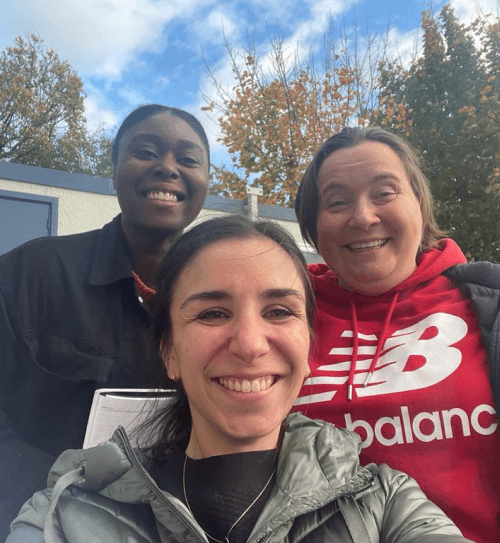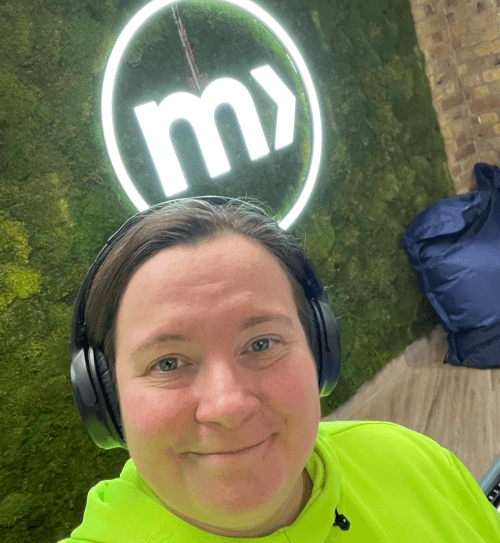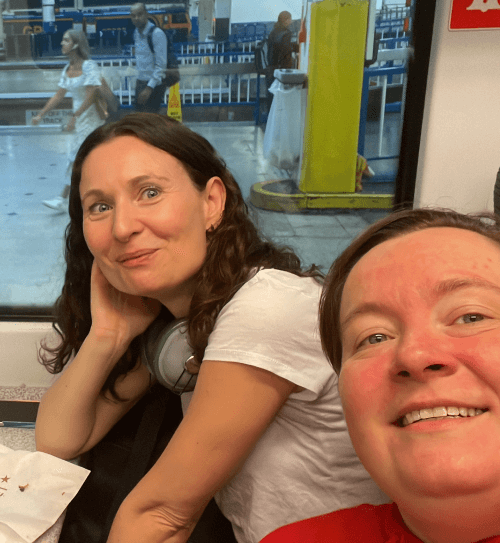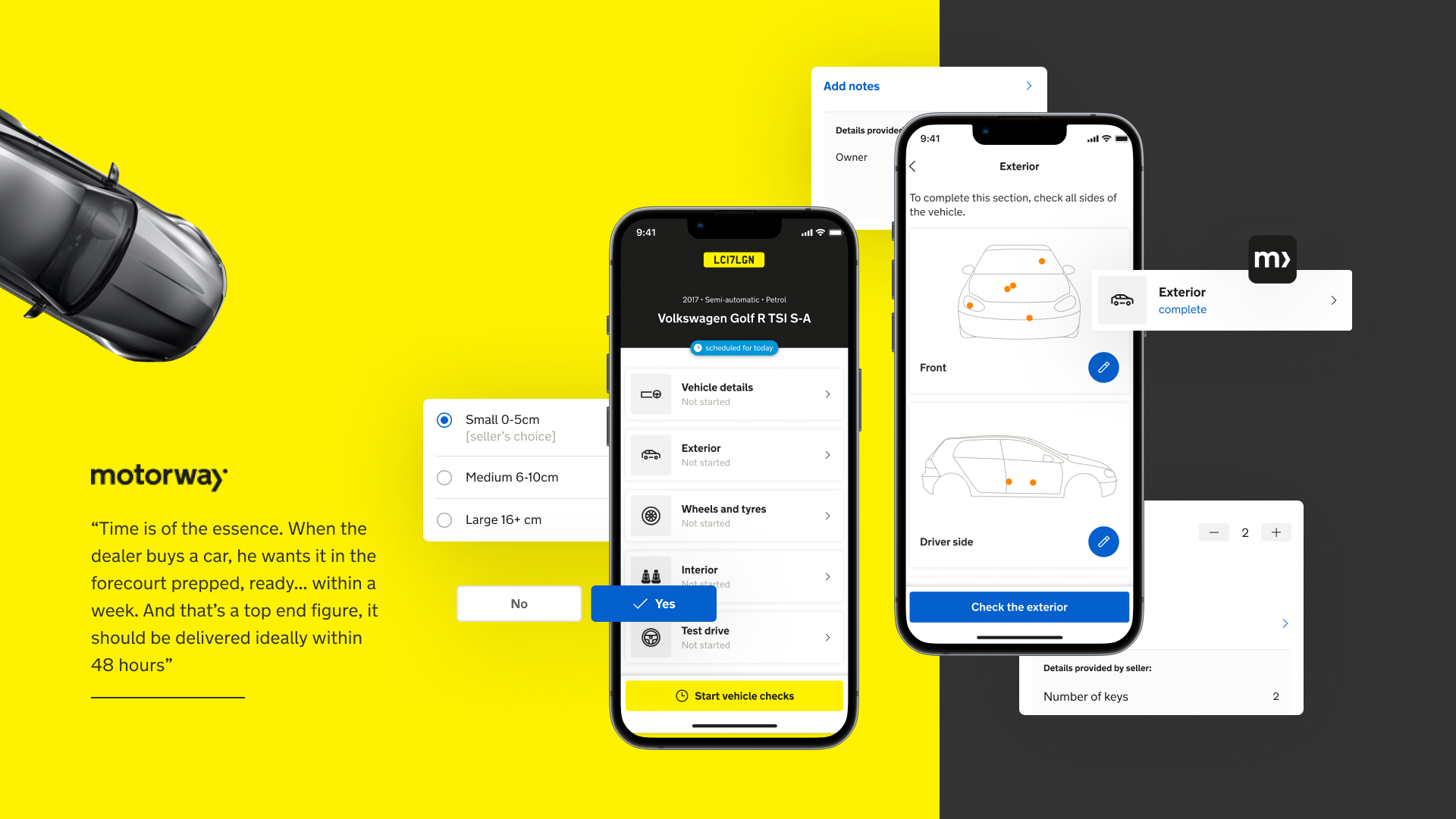Product overview
Motorway, a prominent vehicle marketplace in the UK, identified a need to improve the efficiency and accuracy of their vehicle inspection process. The company embarked on developing an internal tool named “Driver Inspection App”. The app aimed to streamline the inspection and delivery process performed by drivers who collect vehicles from sellers and deliver them to dealers. The goal was to develop the application with a particular focus on improving efficiency, reducing costs, and ensuring the quality of vehicles. The application aimed to transform MotorWay's previously manual and disjointed vehicle inspection process, providing a comprehensive tool for third-party drivers involved in vehicle collection and delivery.

